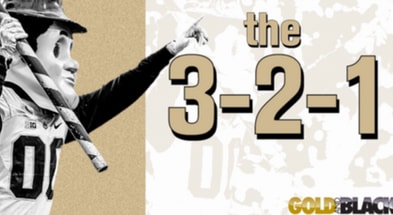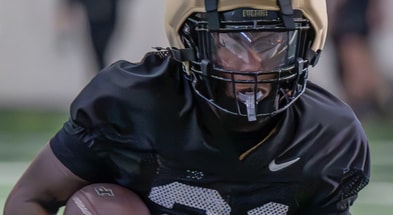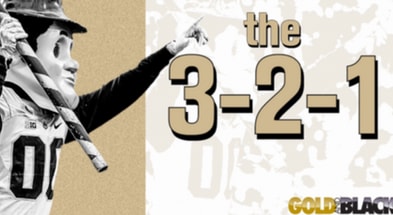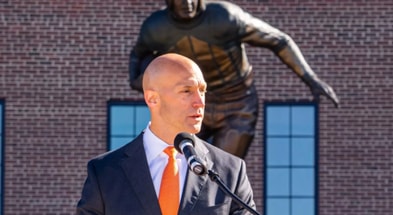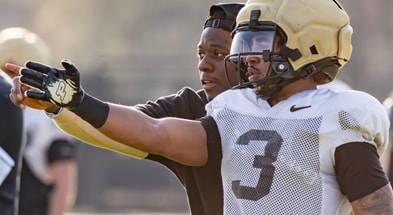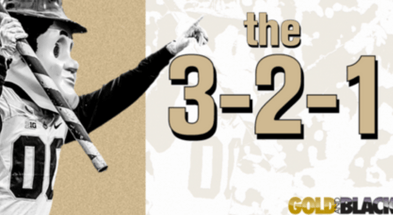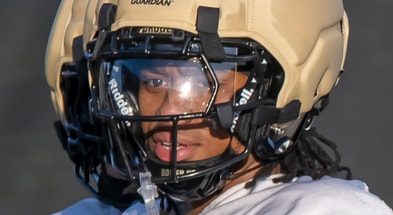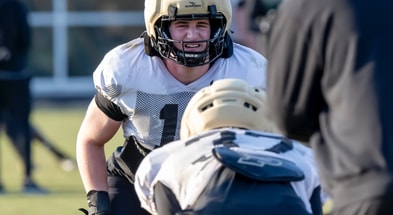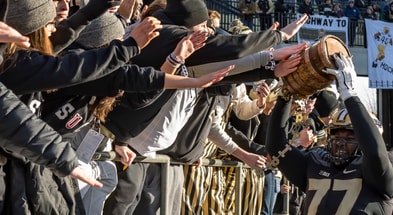GoldandBlack.com Saturday Simulcast: Purdue, Revenue Share

In our June 28, 2025, episode, Brian Neubert and Mike Carmin discuss their recent meeting with Purdue athletic director Mike Bobinski, hosted by Alan Karpick, on the subject of revenue share plans as the House Settlement takes effect on July 1.
More on Purdue and he Revenue Share topic
(An excerpt from Brian Neubert’s Weekly Word Column)
ON THE SALARY CAP ERA AND
This is not a new take, but bears repeating as revenue-sharing takes hold: It is still about getting the right coaches and the right athletes, but the success of those assets is now inextricably linked to how athletic departments and their coaches allocate their resources.
Purdue has already checked the first critical box by committing to its full revenue-sharing pool, and the university deserves some credit for that. Athletic commitment filters down from school leadership and its commitment and back when Purdue was known for better and worse for its frugality and aversion to certain competitive sausage-making, that would have been different had Hovde Hall demanded it. It wasn’t until the Trustees stepped in years back that it changed, Mike Berghoff being the driving force there, I believe.
But anyway, the athletic department is going to have its full $20.5 million in Year 1, then hit the cap for at least the two years that follow. And once you’ve maxed out, it’s going to be really hard to backtrack, so let’s just assume that the full commitment is going to endure.
This may or may not set Purdue apart — it’s almost a competitive requirement for serious programs capable of hitting the ceiling — but it is a very big deal and a field-leveler, whether coaches use the money more for acquisition or retention.
Zooming in, as we have mentioned many times before, college sports is now an HR/allocation/investment game as much as anything.
How are you spending money? How do you gauge how successful your investment decisions are? This is inevitably going to create a new analytics underworld that will be built on a flawed foundation. If School X dedicates outsized money to offensive line play, then how can any school use that as actionable data without knowing their its recruiting and development are at the same level? A lot of schools are going to make a lot of mistakes, but as this stuff now becomes overt business, it’s the best businessmen who’ll succeed in the long run.
HOW TO DO THIS
It’s going to be fascinating to see how college football programs model their revenue-sharing structures.
Do you put more dollars into acquisition or retention? In football’s case, the answer has to be the former, and it has to be done in the knowledge that you might just have to eat it here and there when a homegrown junior leaves. It’s kind of the game now. The goal is to get lots of good players, and the reality is you might have to watch some of them walk.
Do you craft your payment structure around how you want to play or do you use money to balance your team out? Rely on the development and opportunity and development and philosophy angles to get your identity assets in place, then put your money into other areas? For example, if you’re Iowa, do you pay tackles and tight ends to come there or do you count on being Iowa being draw enough to not have to? I’m having a really hard time articulating this point.
Top 10
- 1New
Jim Harbaugh sued
Warde Manuel also named in lawsuit
- 2
Ty Simpson
'Coach Saban's not going to walk in'
- 3Hot
Top 25
EA Sports CFB 26 rankings
- 4
Big 12 Conference
Ends preseason media poll
- 5Trending
2025 MLB Mock Draft
New No. 1 overall, big shakeup
Get the On3 Top 10 to your inbox every morning
By clicking "Subscribe to Newsletter", I agree to On3's Privacy Notice, Terms, and use of my personal information described therein.
How much can you pay a quarterback before you starting running into NFL-type salary cap problems? The Ravens fell apart soon as Joe Flacco needed a contract and the Seahawks blew up as soon as Russell Wilson got off his rookie deal. Can you pay a college QB, let’s say, $3 million out of your cap and still put a great team around him? It’s kinda nihilist to suggest this is all about money and there won’t still be good players on good teams who aren’t just straight dollars-and-cents situations, but broadly I think everything has to be viewed that way when planning.
Is a quick-fix transfer worth more than a potential five-year player and the continuity and year-to-year improvement and leadership he might be able to provide? How much more is a multi-year quick-fix transfer worth than a one-year guy?
How much does a player’s personal circumstances play into your approach? If you’re dealing with a player and family of means, you don’t want to insult them and you must make your valuation of them known, but come on now. He’s not going to starve. You just can’t say that in so many words.
How much should your budgeting reflect your recruiting base? If you’re in Florida and can get speed anyway, do you need to break the bank to acquire it? If you’re in Minnesota or Wisconsin and should be able to get large Norwegian-blooded dairy-farm wrestling types, should you dedicate your money more to athleticism or what?
Also: How much is the best placekicker in college football worth? There’s a real advantage to be gained in special teams via investment, I think. It’s really only been a modern development that coaches are scholarshiping multiple kickers. For generations, they tried to steal them as walk-ons in a buyer’s market, as supply dwarfed demand. Not anymore. The best kickers have real leverage now.
These are just some of the dynamics that are going to have to be taken into account by these college front offices these days and particularly challenging at Purdue given its paltry and overly competitive recruiting base.
Fascinating.





